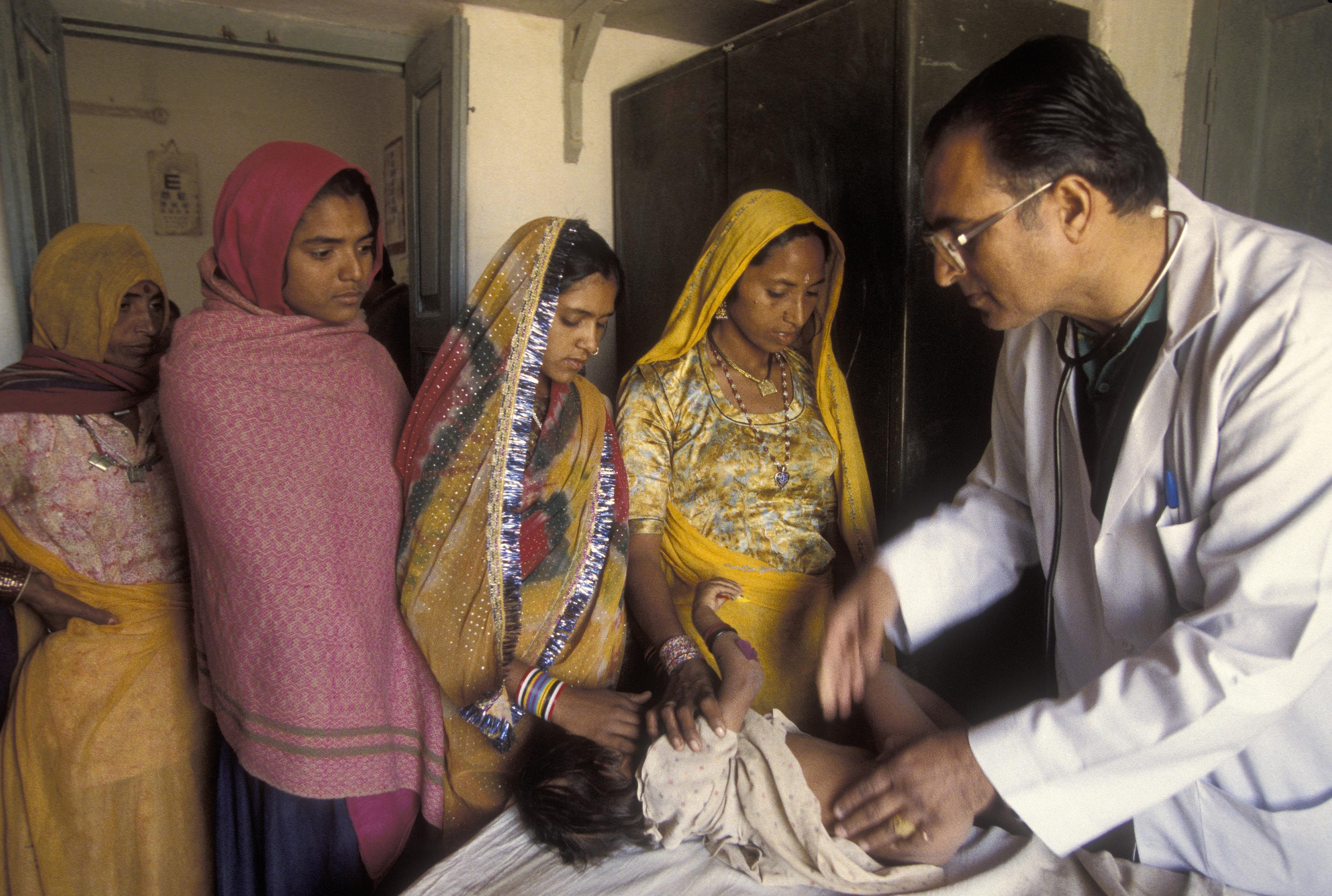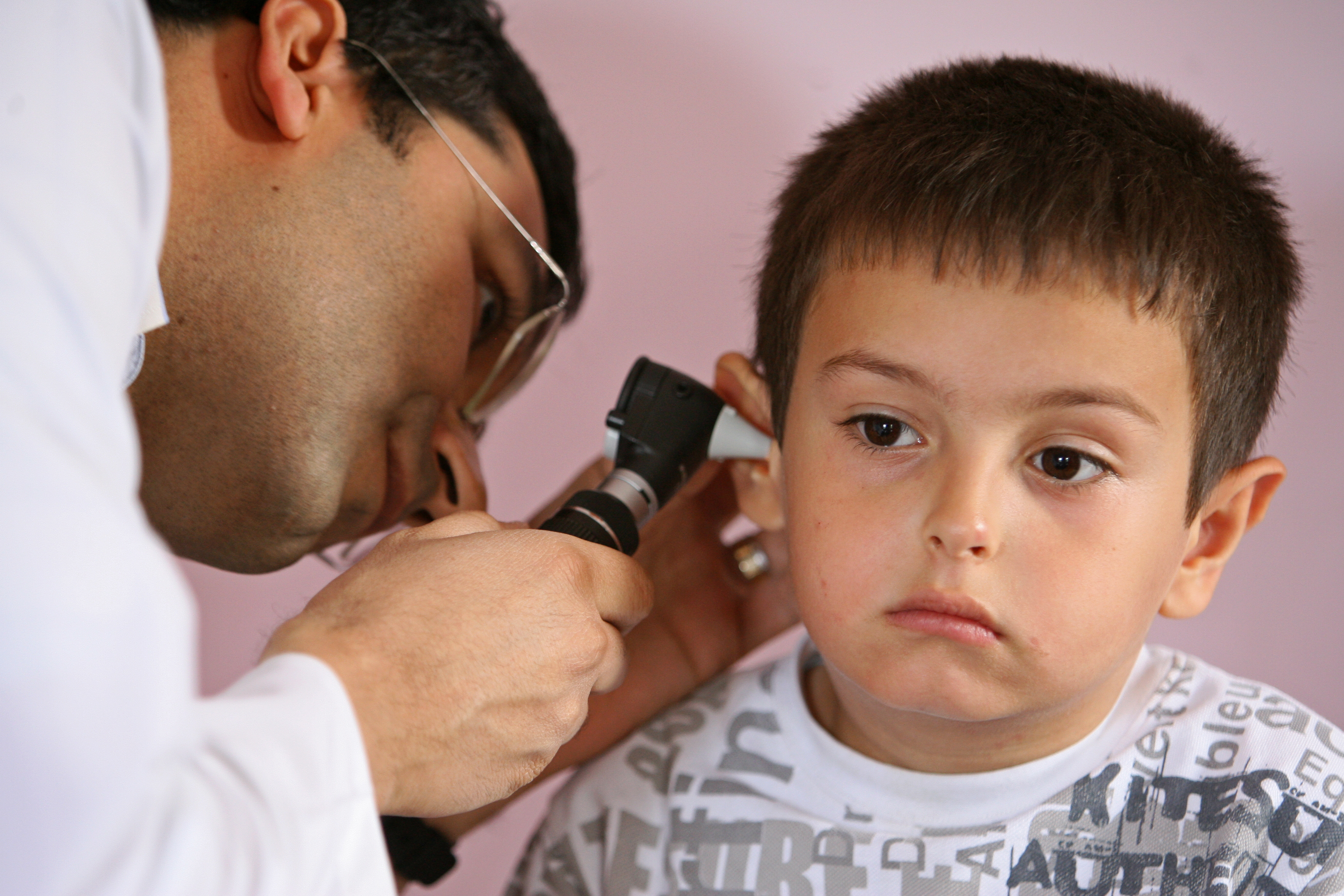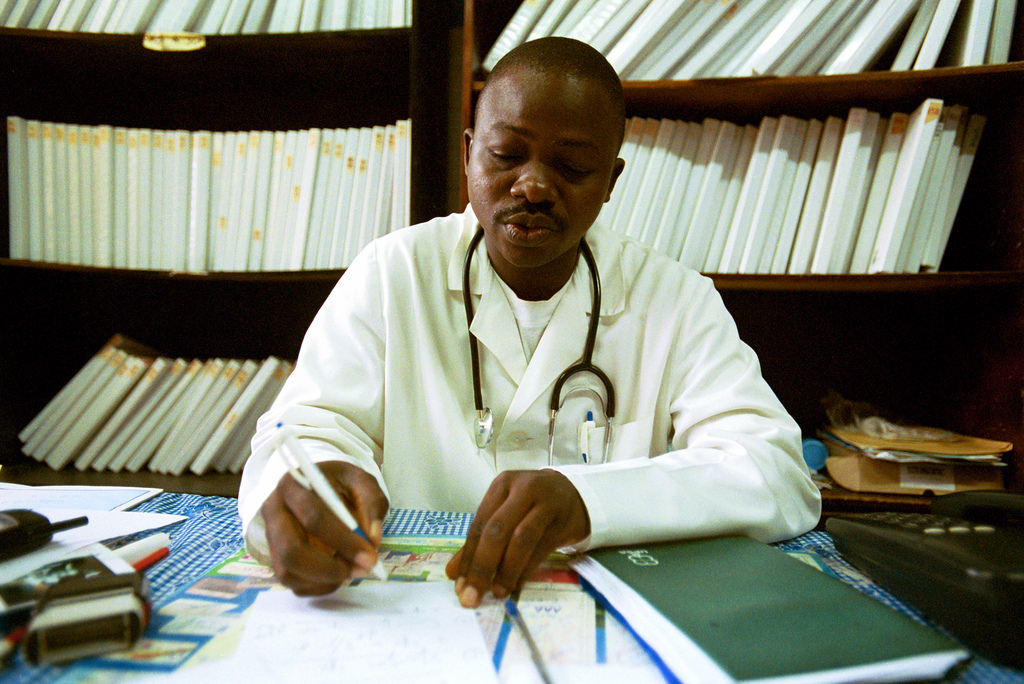For the homeless it is a luxury to have glasses to see properly. Usually they are burdened with more immediate needs such as food, shelter, and personal hygiene. But not having glasses can mean not being able to see, which is a large problem, especially when you depend on shelters to survive. Just ask Clay Ferguson. The twenty-three year old recently got jumped in a New York City coffee shop. In addition to taking his identification, and cell phone, they also broke his glasses.
“I can’t see the street signs. I can’t barely see nothin,” Clay recounts.
But, there is a program that is trying to change that. ChildSight is a program of Helen Keller International that provides free glasses to underserved youth in need, like Clay. This initiative is not new. ChildSight has historically served children from low-income public schools. But last July it branched out to help another underserved community, the Ali Forney Center. The center is a Harlem-based LGBTQ youth homeless shelter that served 1,200 young people last year and directly housed 440 of them — including Clay Ferguson.
Homelessness is an epidemic within the LGBTQ youth community. Estimations of homeless youth find as many as 40 percent identifying as part of the queer community. Compare that statistic to the 4 percent of the general population, which includes more than just youth, that identify as LGBTQ. One reason for the increased rate of homelessness is that about 40% of the young people the Ali Forney Center are kicked out of their home after coming out.
As a result, the majority of youth from the Ali Forney Center that are referred to ChildSight have had blurry vision for years.
“We’re really interested in finding other populations that are vulnerable and have difficulties accessing health services,” Nick Kourgialis, VP of Eye Health at Helen Keller International. “Certainly this is a population that faces these challenges…When you are young, you see the world the way you see it and assume everyone else sees it the same way,” Kourgialis says. “But when someone puts lenses before their eyes, the look on these kids’ faces is like, ‘What the hell?’
ChildSight has been working with the Ali Forney Center for less than a year, through a grant from New York Community Trust. The group has examined 122 young people and their program has delivered 88 pairs of free eyeglasses to those who otherwise wouldn’t have access to improved sight.
Article via Mashable, 25 April 2016
Photo Glasses by Kate Brady [Creative Commons Attribution-NonCommercial-NoDerivs]





